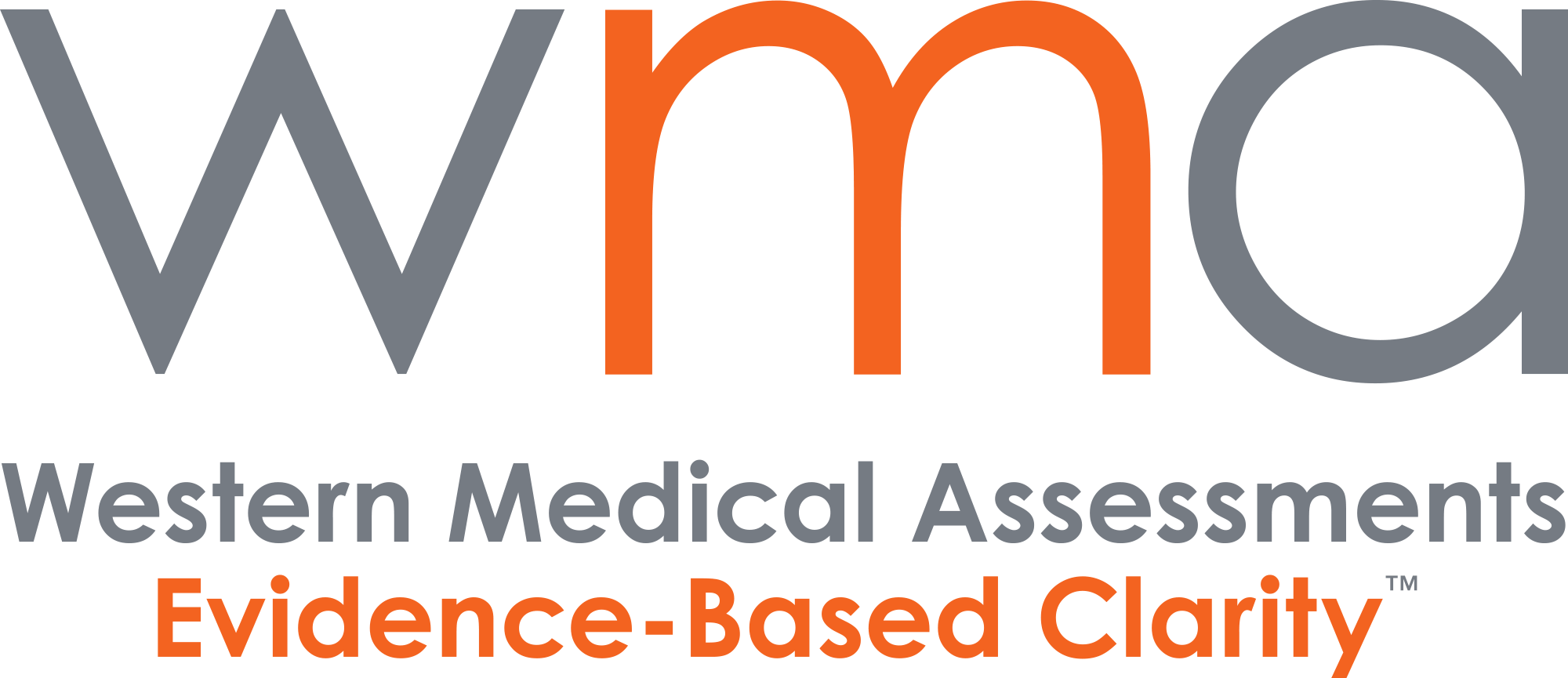July 10, 2023 from Medscape
Basically, hereditary and environmental variables interact to generate cancer, with some cancers being more heavily influenced by one or the other. Genetic variables such as the BRCA gene mutations are well-known when it comes to ovarian cancer, which claims the lives of more than 13,000 women annually in the US.
It is challenging to change other risk factors, such as early menarche and nulliparity. Asbestos is the only environmental contaminant with a strong relationship to ovarian cancer. However, the vast majority of women who get ovarian cancer do not have asbestos exposure or a recognized high-risk gene, suggesting that there may be additional causes. How can we locate them? The study of epidemiology itself may hold the key to the solution.
The case-control research design is your best friend when trying to identify a new causative agent for a relatively uncommon disease. That’s exactly what researchers from the University of Montreal, under the direction of Anita Koushik, did in a recent study that was published in the journal Occupational and Environmental Medicine.
They located 497 Montreal women who had just received an ovarian cancer diagnosis. Based on age and address, they compared those women to 897 other women who did not have ovarian cancer. This strategy would not be successful in the United States since access to healthcare, which is not universal there, may be a determining factor in the identification of ovarian cancer. But it’s safer to presume in Canada that everyone who might have developed ovarian cancer in Montreal would have been identified.
After identifying the cases and controls, the researchers collected a thorough employment history from each participant, including every job they had ever held, when they held it, and for how long. In what is known as a job-exposure matrix, each occupation was linked to a standard set of industries and, intriguingly, to a list of environmental exposures that included anything from cosmetic talc to kitchen odors to cotton dust. Of course, they also gathered information on additional risk factors for ovarian cancer.
After that, analyzing the prevalence of ovarian cancer by occupation and exposures related to that occupation is as easy as taking into account variations in factors like pregnancy rates. Hairdressers had a threefold higher risk of ovarian cancer than matched controls who had never worked in the industry, at least those who had been in it for more than ten years.
Many readers may also be aware that a sizable body of research suggests that hairdressers have a higher incidence of various cancers, most likely as a result of ongoing exposure to a number of chemicals.
The second-highest risk occupation on the list? Accountants are at a risk that is nearly twice as great. That one is trickier to understand. Given that numerous jobs were tested, there is a chance that the result is a false positive. Random mistakes could also produce a few meaningless hits.
However, there are undoubtedly some work-related concerns that are specific to accountants that merit additional research. These factors could include exposure to volatile organic chemicals from office printers or even just a particularly sedentary work environment.
In terms of specific exposures, mononuclear aromatic hydrocarbons, bleaches, ethanol, and fluorocarbons, among others, were associated with substantial risks, but we need to be a little more cautious in this situation. There was no direct measurement of these exposures. Instead, based on the work-exposure matrix and the employment category a woman described, the exposures were assumed.
Due to the high correlations between the job and the specific exposure, it is virtually impossible to determine whether the issue is caused by, for example, being a hairdresser, being exposed to fluorocarbons while doing so, or being exposed to something else while doing so.
These investigations operate in this manner; they frequently pose more questions than they resolve. However, they offer a beginning point that one day may lead to a more specific culprit agent or collection of agents in a world where a cancer diagnosis can appear to come out of the blue. Hairdressers might want to make sure their workspace is properly ventilated till that time.
=================================================================
Considering an IME or document review to resolve an insurance claim, legal file, or workplace health and safety issue?
Our specialists provide evidence-based opinions, so get in touch with Western Medical today to learn more about our services.

